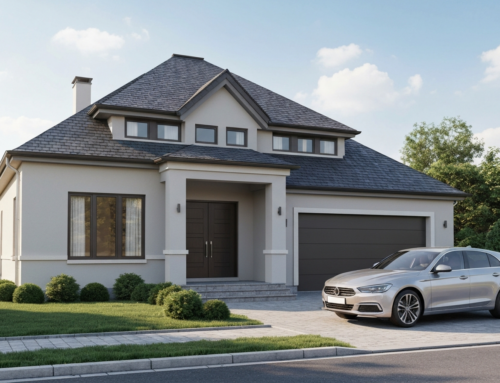The insurance landscape is constantly evolving, influenced by everything from economic conditions to shifting consumer preferences. For many Americans, understanding these changes is crucial, especially when it comes to essential coverages like home and auto insurance. A recent J.D. Power Insurance Intelligence report sheds light on these dynamics, providing valuable insights into consumer behavior. This article delves into the key takeaways from the Home auto insurance shopping and switching report, exploring current trends and what they mean for policyholders and insurers alike.
Understanding the Latest Insurance Market Shifts
The insurance market, particularly for personal lines like auto and home coverage, is experiencing significant shifts. Factors such as inflation, rising repair costs, and broader economic uncertainty are influencing both how consumers shop for insurance and how insurers operate. Keeping informed about these market dynamics can help consumers make more educated decisions about their coverage needs and options.
Key Findings from the Home Auto Insurance Shopping and Switching Report
The Q1 2025 J.D. Power report highlighted distinct patterns in consumer shopping and switching across different insurance sectors. While shopping activity generally remains elevated, the decision to switch providers varies by insurance type. This report offers a snapshot of consumer engagement and retention within the auto, home, and renters insurance markets, providing context for the current state of the industry.
Auto Insurance Shopping Trends and Switching Behavior
According to the report, the auto insurance sector saw a shopping rate of 14.1% in the first quarter of 2025. This represents a slight increase from the previous quarter and a more notable rise of 1.3 percentage points compared to the same period last year. Despite this increase in shopping activity, the report indicated that the switching rate remained relatively stable at 4.1%. This suggests that while consumers are exploring their options, a smaller percentage are ultimately deciding to change their auto insurance provider. The market is also seeing a move towards more traditional underwriting methods as insurers aim to balance policy growth with managing risk, potentially leading to higher premiums for those deemed higher risk. Insurers are also grappling with increasing claims costs, driven by rising vehicle prices and repair expenses, often exacerbated by persistent supply chain challenges. Factors impacting car insurance rates are clearly on consumers’ minds.
Home Insurance Market: Shopping Rates and Stability
The home insurance market showed a different trend. The shopping rate was reported at 6.6%, a marginal increase from the prior quarter but a slight decrease year-over-year. The switching rate for home insurance was 2.5%, a decrease from the previous quarter but a slight increase compared to last year. These figures suggest a more stable market for home insurance compared to auto. Insurers in this sector are focused on maintaining profitability, a challenge given the rising costs of home repairs and construction materials. Inflation continues to play a significant role here, pushing up the cost of rebuilding and repairs. Consequently, insurers may implement rate increases and refine their underwriting strategies to adapt to these higher costs.
Renters Insurance Dynamics: Shopping and Switching Activity
Renters insurance also saw its own set of trends. The report noted a shopping rate of 6.2%, a decrease from the previous quarter but an increase compared to a year ago. The switching rate experienced a significant drop from the prior quarter, landing at 3.8%, though it was still slightly higher than the same period last year. While fewer renters may have been shopping compared to the end of the last year, the annual increase in shopping indicates growing interest. The report characterizes the renters insurance market as relatively stable, which is reflected in less volatile switching rates.
Economic Influences Driving Insurance Changes
The report emphasizes that broader economic conditions are significantly influencing consumer behavior in the insurance market. Inflation continues to drive up the cost of goods and services, including vehicle parts and building materials. This directly impacts the cost of insurance claims, putting upward pressure on both auto and property insurance premiums. Uncertainty surrounding tariffs, particularly on materials essential for construction and repairs like steel and aluminum, could further escalate these costs. These economic pressures mean that the full impact on consumer shopping and switching behaviors will likely become clearer throughout the year as these factors play out.
Insurer Strategies in Response to Rising Costs
In the face of rising costs and economic uncertainty, insurers are adjusting their strategies. A primary focus is on maintaining profitability. This often translates to implementing rate increases and employing more refined underwriting practices. By better assessing and pricing risk, insurers aim to offset the impact of higher claims costs. Adapting pricing models and developing effective customer retention strategies are crucial for insurers navigating this challenging economic environment. Consumers may find it beneficial to bundle home and auto insurance policies or conduct regular coverage reviews to find potential savings or ensure adequate protection in this changing market.
Staying informed about these trends, as highlighted in the Home auto insurance shopping and switching report, is essential for consumers looking to manage their insurance costs and coverage effectively in today’s dynamic market. Understanding why premiums are rising and what influences shopping and switching can help individuals make more informed decisions.
For further reading on related topics, you might explore resources on the rising cost of home insurance premiums from sources like the Insurance Information Institute (III).
Have questions? Contact us here.






